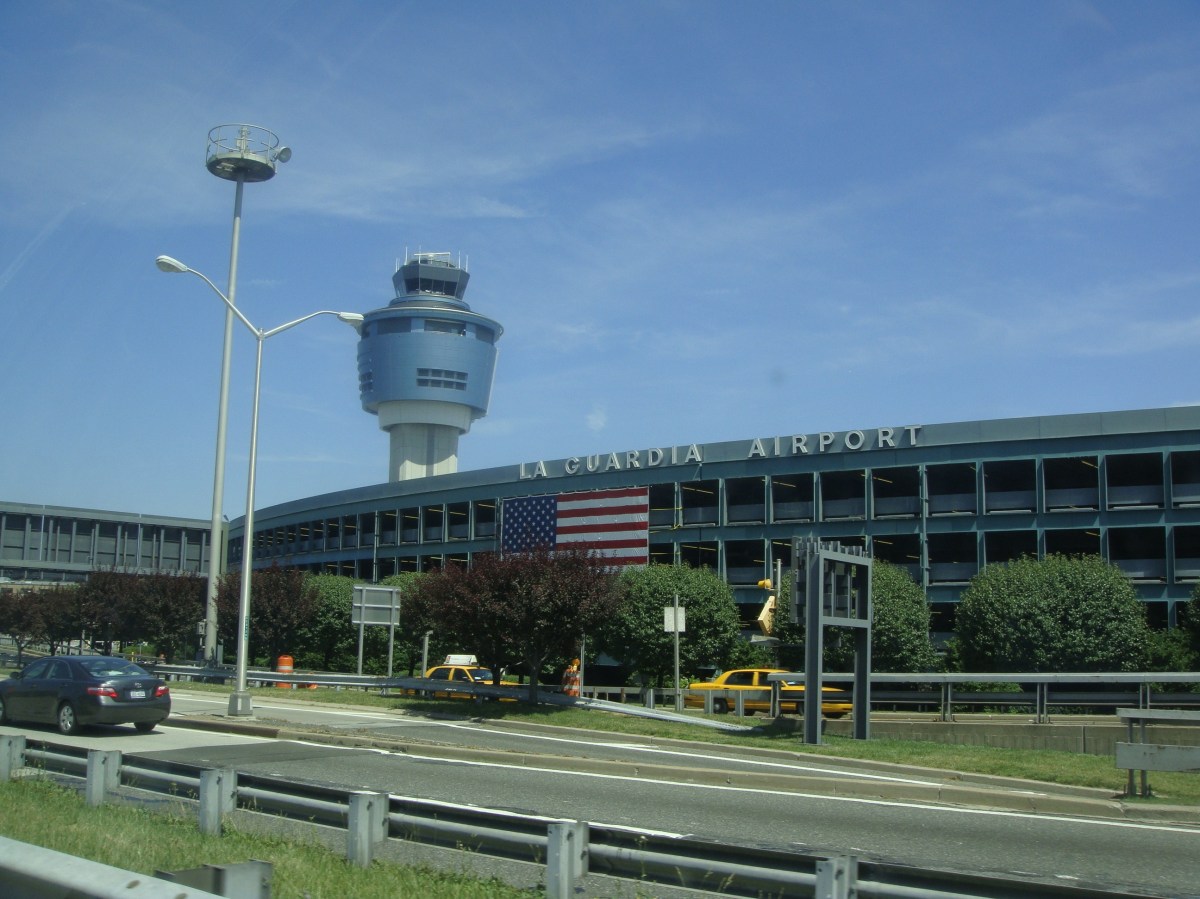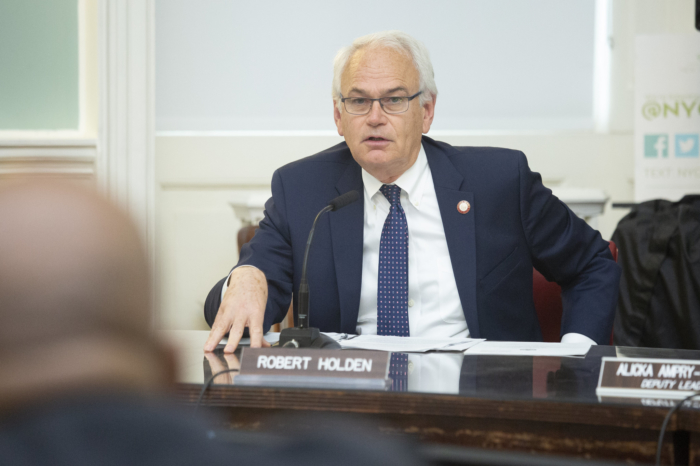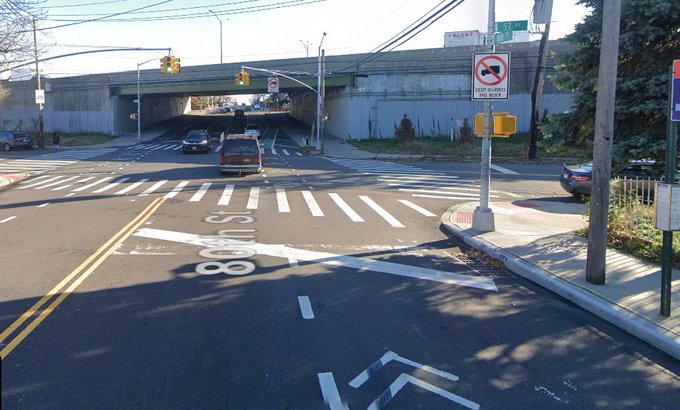A public transit advocacy group released a report this week indicating that rebranding the Q70 as a free LaGuardia Airport shuttle would increase ridership and MTA revenue at no net cost.
The study was conducted by the Riders Alliance, a membership organization of subway and bus riders in New York dedicated to improving public transit.
“Transit access to LaGuardia shouldn’t be New York’s best-kept secret,” Riders Alliance Executive Director John Raskin said. “It should be intuitive and simple.”
The conclusions drawn in the report are based on Port Authority travel statistics and a survey conducted of more than 700 Q70 bus riders and travelers landing at LaGuardia Airport.
The Q70 bus route provides limited service between the LaGuardia Airport and two other stops in Woodside and Jackson Heights. The study proposed keeping this route the same but repurposing the service into a free shuttle bus.
According to Riders Alliance, while only 12.5 percent of people going to or from the airport currently use public transit, an additional 49 percent said they would do so as well if there were a free shuttle to the subway.
The study alleges that the revenue from just a 1 percent ridership increase would offset the cost of rebranding the bus since a reported 85 percent of people traveling on the Q70 route are already using a free transfer to or from the subway.
NYC Council Transportation Chair Councilman Ydanis Rodriguez commended the Riders Alliance for creating the study. He said that converting the Q70 will provide the MTA with a user-friendly way to generate revenue while transporting people to the airport.
“I have long been an advocate for a rail connection to LaGuardia airport to allow for individuals to travel as efficiently as possible to one of our nation’s busiest airports,” Rodriguez said. “Though we must continue to work towards that goal, we must also develop alternative strategies to close this transit gap faster than a decade.”
































